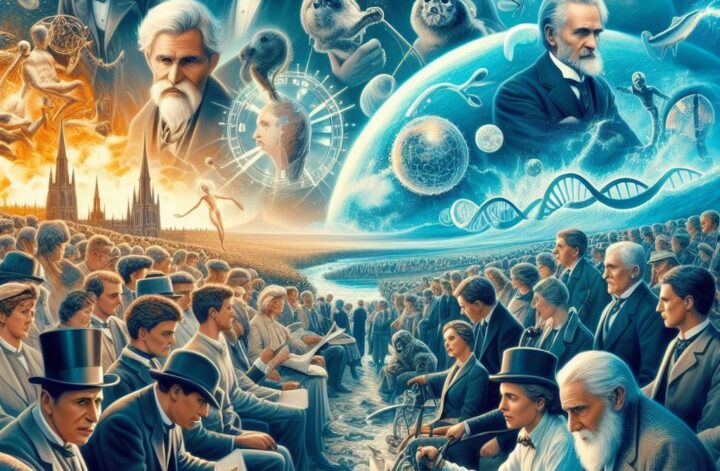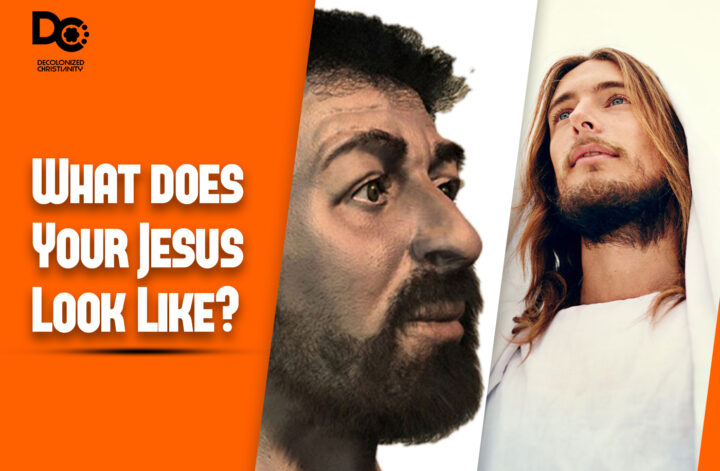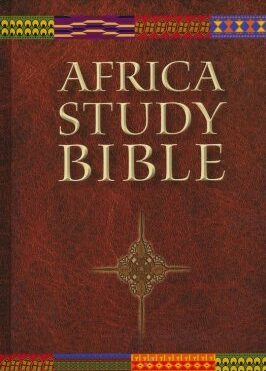Background
Bishop Samuel Ajayi Crowther’s contributions to African Christianity are well attested in the Christian world, especially in the Global South. In his native land, however, the Bishop is mainly seen as a villain than a hero. He is seen as an able instrument of colonialism used to undermine Yoruba metaphysics. His significant achievement, a Yoruba version of the Bible, is critically described as a courier of “Euro-Christian ideas, beliefs, and cultural logics” (Adefarakan, 45) written in the Yoruba language. Among the adherents of the traditional Yoruba religion, Bishop Crowther is a traitor who willfully allowed himself to be used in the corruption of what he once held dear.








